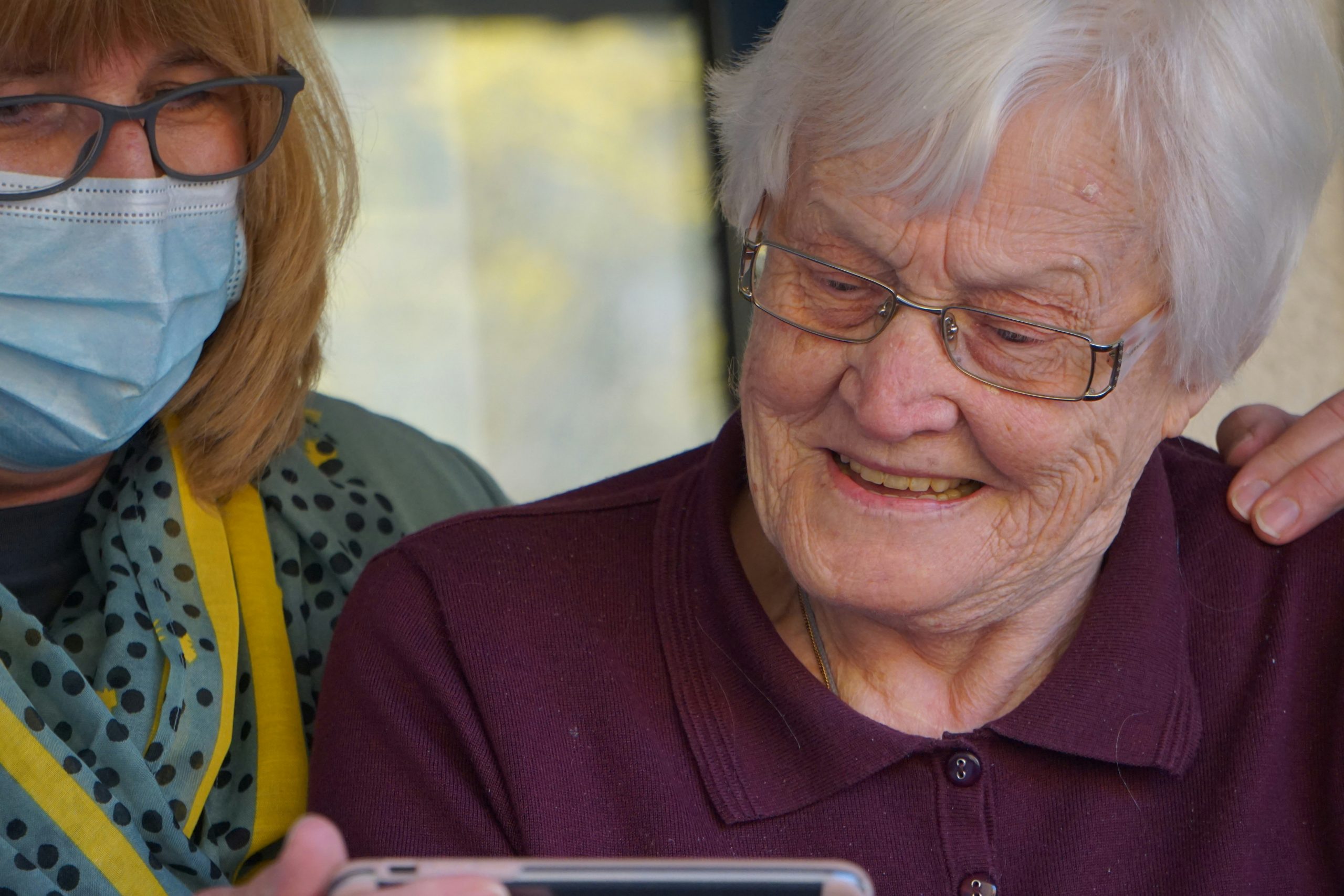A small team in East Sussex is harnessing the knowledge of older people to co-design an integrated Minor Injuries and Illness Unit (MIIU) that – they believe – will lead to improved patient experiences, and are looking to learn from others around the country.
Older people are, by far, the biggest users of health and care services, so it makes sense that they should have a part to play in informing the way those services are designed and delivered.
Rye, Winchelsea and District Memorial Hospital is a community hospital incorporating: a nineteen-bed inpatient facility; outpatient clinics; a community well-being centre; a fifty-five-bed sheltered housing scheme; a GP surgery; and a planned care home. The site is managed and administered on behalf of the local community by the Board and Trustees of Rye, Winchelsea and District Memorial Hospital charity, which is responsible for realising the initial vision of an integrated and multi-disciplinary resource centre for older people.
Working with SECAmb (the South East Coast Ambulance Service), the charity is currently embarking on the development of proposals to establish a Minor Injuries and Illness Unit (MIIU) on the hospital site.
A project team has been established to work with relevant organisations and local residents to co-design a service that will: [a] provide immediate access to assessment, triage and treatment of minor injuries and illnesses by skilled clinical practitioners; and [b] link to existing ongoing support through the range of health and social care facilities located at the community hospital site.
This innovative approach, which aims to integrate emergency care into a wider range of community services, will have particular benefits for older people who are significant users of emergency services and are more likely to be adversely affected by long waits and unnecessary trips to A&E departments.
Overall, the proposed service will:
- Reduce demand on hospital A&E departments, reducing waiting times for those who need to be there;
- Make best use of finite ambulance service resources; and
- Free up clinical staff to attend calls that are classified as life threatening, critical or likely to require urgent treatment at a secondary care facility.
The Project Team would love to hear of any similar developments elsewhere in the country and are happy to share their progress with anyone working on innovative ways of providing emergency care, particularly where co-production and service integration are key features. In the first instance, please contact info@theageactionalliance.org
Photo by Georg Arthur Pflueger on Unsplash
